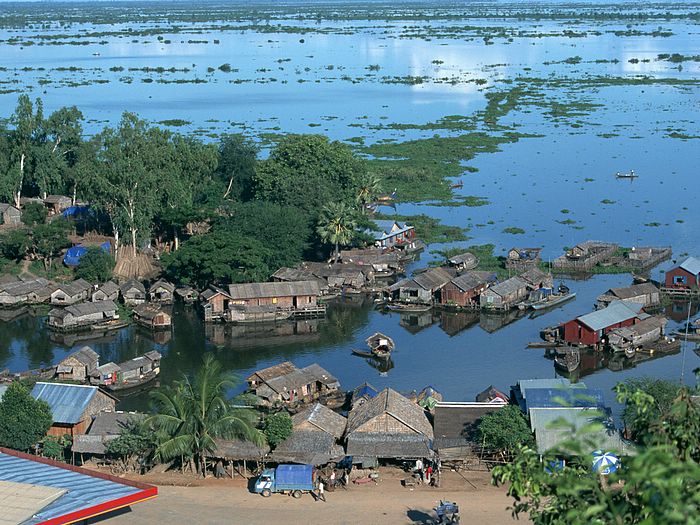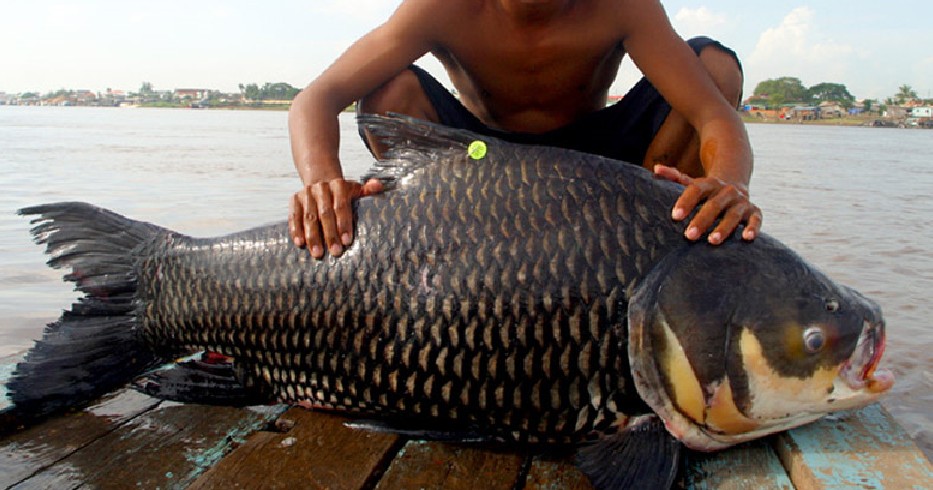Southeastern Asia’s rivers and lakes will be dramatically affected if China builds the dozens of dams already planned for construction. These dams would divert the water that supplies its countries with much of its population of fish, the regions primary source of food.
With it’s population of over 1.2 billion, China’s energy needs are constantly growing. They believe they’ve found a solution in hydroelectric power, utilizing the many rivers that begin in the Tibetan Plateau in the western part of the country. In fact, they already have more than half the number of dams in the world, and that number is expected to rise quickly over the coming years.
While China is creating its much needed power, downstream the effects of these dams are wreaking havoc on the fish populations in Cambodia and other Southeast Asian countries. This is critical to the millions of people in the region who depend on the fishing industry to survive. As Youk Senglong, program manager at the  Fisheries Action Coalition Team (FACT) states, “Community livelihoods depend on fish. The villagers fish every day for their income–they really worry about dams.”
Fisheries Action Coalition Team (FACT) states, “Community livelihoods depend on fish. The villagers fish every day for their income–they really worry about dams.”
Cambodia’s Tonle Sap lake, the largest in Asia, is thought to have the world’s largest number of fish in the world. However,the lake is fed directly by the Mekong River, which is having it’s flow diverted by the dams upstream. A decrease in the number of fish would have a huge impact on the diet of the population, as the average Cambodian consumes 63 kilograms of fish annually versus 16 for the rest of the world. Other livestock doesn’t account for nearly the amount of protein obtained from fish, says Eric Baran, a scientist at World Food. “Cambodia is a country where fish production is three times higher than pig production and 20 times higher than chicken production. If Cambodia loses fisheries, it will take decades for the livestock or aquaculture sectors to catch up,” he said.
Since studies generally underestimate the numbers of harvested fish in rivers that would be impacted by future dams, their construction is more easily given a green light, says Simon Funge-Smith, senior fisheries officer at the Food and Agriculture Organization of the United Nations. He also said that the value of human life pales in comparison to the need to build the dams. “Dam projects typically undervalue fish and their role in nutrition and food security. It’s hard to attribute dollar values to a healthy child or normal development–until you lose it.”
By Brett Scott

That is some big ass fish!!!!!! And being a Cambodian, I do know a bit about fish lol!
Could you please add something brief at the end of your articles: “How you can help.”